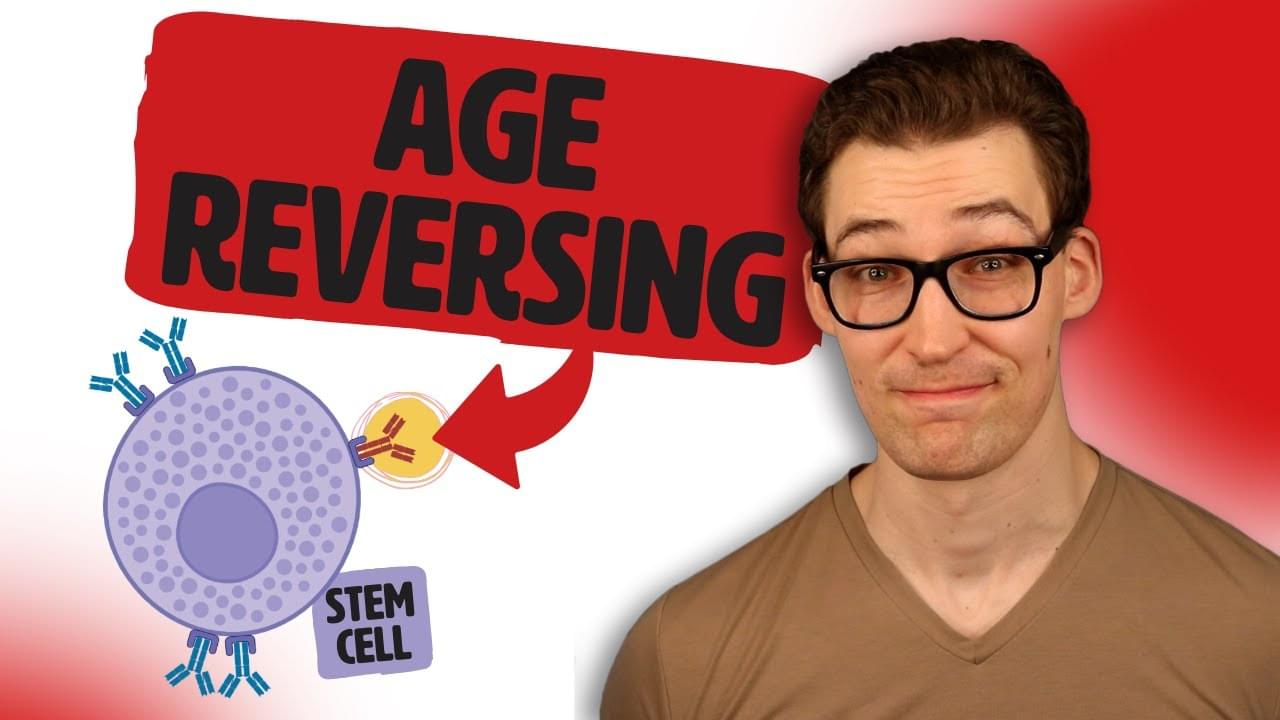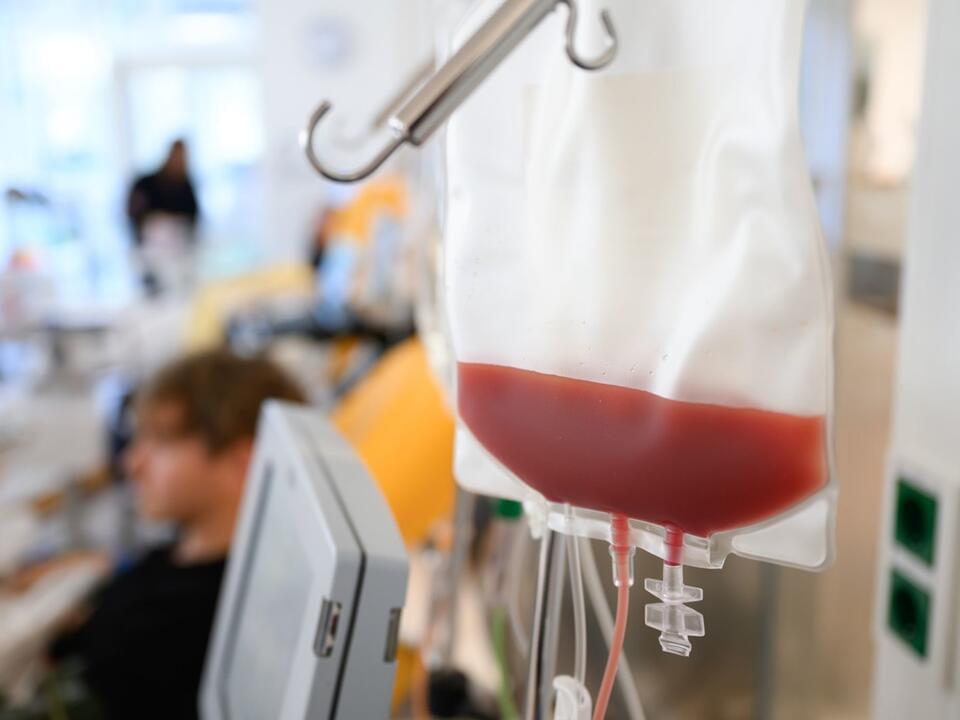Sep 13, 2024
AIs generate more novel and exciting research ideas than human experts
Posted by Shailesh Prasad in categories: innovation, robotics/AI
The first statistically significant results are in: not only can Large Language Model (LLM) AIs generate new expert-level scientific research ideas, but their ideas are more original and exciting than the best of ours – as judged by human experts.
Recent breakthroughs in large language models (LLMs) have excited researchers about the potential to revolutionize scientific discovery, with models like ChatGPT and Anthropic’s Claude showing an ability to autonomously generate and validate new research ideas.
This, of course, was one of the many things most people assumed AIs could never take over from humans; the ability to generate new knowledge and make new scientific discoveries, as opposed to stitching together existing knowledge from their training data.


















